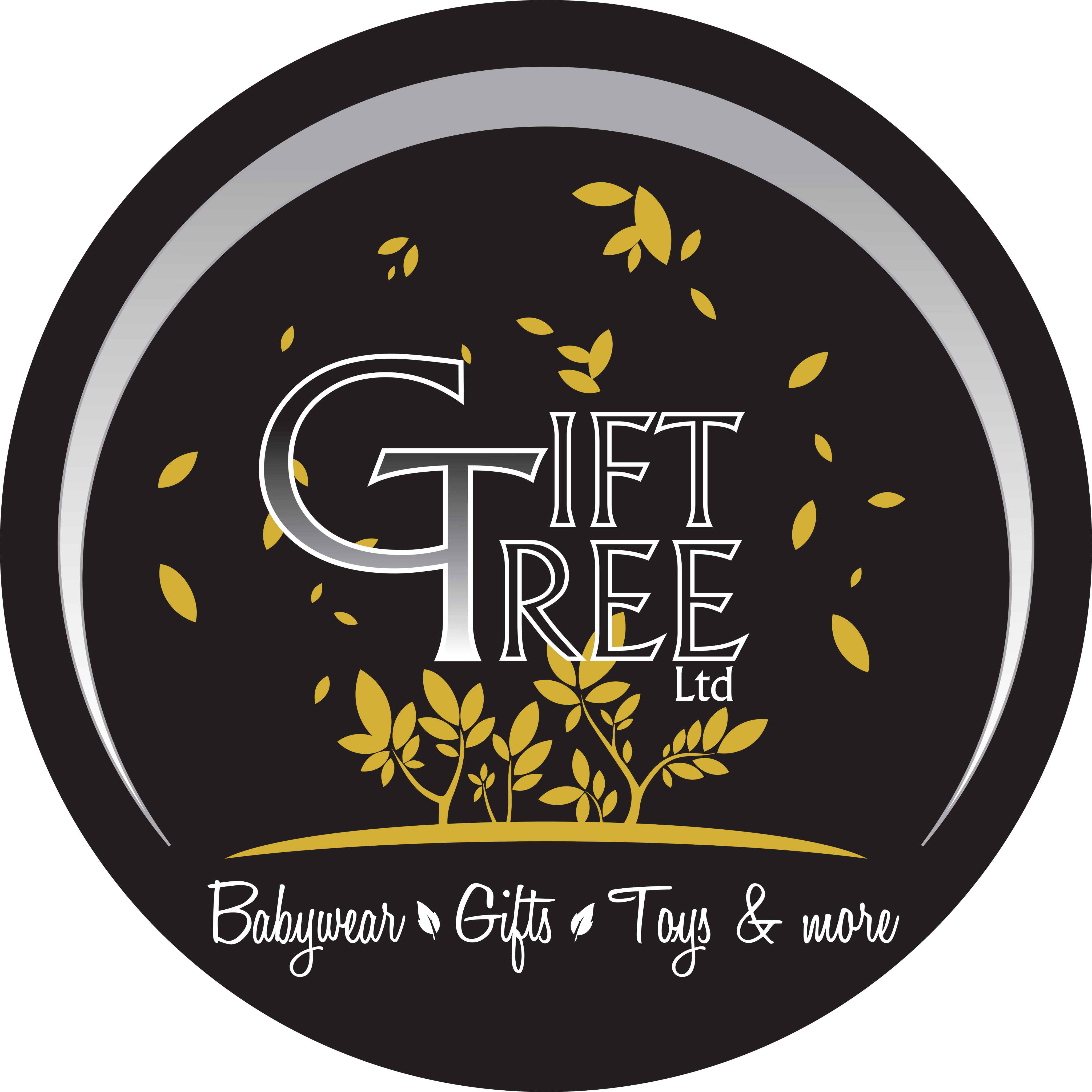
The Impact of Buddhism on Chinese Material Culture
Smartfox Books Code: PR14159
Approx $92.45 USD
The Influence of Buddhism on Chinese Material Culture: A Comprehensive Exploration
Buddhism’s arrival in China during the first century marked the beginning of a profound and enduring transformation of Chinese society. While the religion is often associated with its philosophical teachings, meditation practices, and spiritual doctrines, its impact on the material culture of China is equally significant, though less frequently examined. In this groundbreaking study, Kieschnick delves into the intricate relationship between Buddhism and the material world in China, offering readers a nuanced understanding of how a foreign religion not only shaped Chinese beliefs and rituals but also fundamentally altered the physical and cultural landscape of the nation.
The influence of Buddhism on Chinese material culture is both extensive and deeply rooted. As the religion spread across China, it introduced a wide array of objects, ranging from the sacred to the mundane. These objects included relics, which were revered as physical remnants of the Buddha’s body, prayer beads used in meditation, and the distinctive clothing worn by monastics. Each of these items played a crucial role in the practice of Buddhism, serving as tangible connections to the divine and as tools for spiritual development.
Kieschnick's study goes beyond the obvious religious artifacts to explore how Buddhism influenced everyday objects that might not immediately be associated with the religion. For instance, the introduction of the chair into Chinese society is linked to Buddhist monastic practices. Before Buddhism, the Chinese traditionally sat on mats or low platforms. The adoption of the chair, which was more commonly used in Buddhist monasteries, gradually spread to the broader Chinese population, illustrating how religious practices can permeate and transform everyday life.
Similarly, the ritualistic use of tea, which became a central aspect of Chinese culture, also has roots in Buddhist monastic traditions. Monks used tea as a means to stay alert during long meditation sessions, and over time, this practice evolved into the elaborate tea ceremonies that are now synonymous with Chinese culture. The bridge, another seemingly mundane structure, also holds a deeper connection to Buddhism. In many cases, the construction of bridges was seen as a meritorious act, reflecting Buddhist ideas about creating pathways not just across rivers, but toward enlightenment.
Kieschnick's exploration reveals that Buddhism introduced not only new objects but also new ways of thinking about and interacting with the material world. The religion brought with it ideas about the spiritual significance of objects, the proper ways to treat and use them, and the roles they could play in the pursuit of enlightenment. These concepts were sometimes at odds with existing Chinese beliefs, leading to a complex and often ambivalent relationship between Buddhism and material culture.
One of the central tensions that Kieschnick examines is the paradoxical nature of Buddhism’s attitude toward the material world. On one hand, many Buddhist scriptures and philosophers advocated for the rejection of the material world, viewing it as an illusion or a distraction from the path to enlightenment. This ascetic perspective emphasized the impermanence of physical objects and the futility of attachment to them. On the other hand, Buddhism also embraced the use of material objects as tools for religious practice. From the construction of grand temples and the creation of intricate statues of the Buddha to the daily use of prayer beads and ritual implements, material culture became an integral part of Buddhist expression and practice.
This duality led to a variety of interpretations and practices within Chinese Buddhism. For some, the use of material objects was seen as a necessary compromise, a way to make the profound teachings of Buddhism accessible to ordinary people. For others, it represented a decline or corruption of the original, purer teachings of the Buddha. Yet, for many Chinese Buddhists, the integration of material culture into their religious practice was a source of strength and versatility, allowing Buddhism to adapt to and thrive within the diverse cultural landscape of China.
Kieschnick’s analysis is richly informed by a wide range of historical sources, including Buddhist scriptures, philosophical treatises, and archaeological findings. Through these sources, he provides readers with a vivid picture of how Buddhism influenced various aspects of Chinese life, from the grand scale of architecture to the intimate details of daily living. The book offers an innovative approach to understanding the history of Buddhism in China, moving beyond the purely doctrinal or philosophical to consider the tangible, material impact of the religion on Chinese society.
One of the key contributions of this study is its systematic examination of the ambivalent relationship between Buddhism and material culture in the Chinese context. Kieschnick shows that this relationship was not static but evolved over time, reflecting broader changes in Chinese society and the ways in which Buddhism was understood and practiced. This dynamic interplay between religion and material culture offers valuable insights into the ways in which cultural exchange and adaptation occur, highlighting the complex and often unexpected ways in which a foreign religion can shape and be shaped by its new cultural environment.
In conclusion, Kieschnick’s study provides a comprehensive and engaging exploration of the ways in which Buddhism influenced Chinese material culture. By examining the role of objects in Buddhist practice and the broader cultural implications of these objects, Kieschnick offers readers a deeper understanding of the multifaceted impact of Buddhism on Chinese society. This book is an essential resource for anyone interested in the history of Buddhism, Chinese culture, or the intersection of religion and material culture.










.jpg)



























.jpg)








































.jpg)









.jpg)


ulva-Logo.jpg)



